ponddoc.com
-
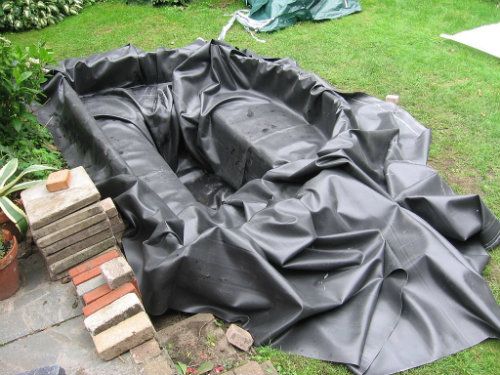 It’s no secret that we prefer liners to preformed shells. We’ll order them if you insist but we won’t clutter our store with something we don’t believe in. If I’ve steered you away from purchasing that seemingly “easy to install” preformed pond shell — good! Now you need to decide what kind of liner to install. We have our preferences on that too!
It’s no secret that we prefer liners to preformed shells. We’ll order them if you insist but we won’t clutter our store with something we don’t believe in. If I’ve steered you away from purchasing that seemingly “easy to install” preformed pond shell — good! Now you need to decide what kind of liner to install. We have our preferences on that too!
-
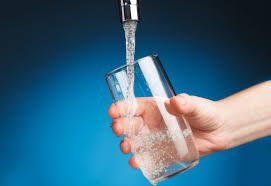 Like the automobile, the very first bead biofilter was a breakthrough in technology. It offered pioneer pond keepers an alternative to archaic methods of filtering water. But like the Model T the very first model bead filter had its share of problems. As time goes by these problems are addressed by manufacturers and improvements are made. The hour-glass design of the bubble bead was found to bottle-neck the water flow and was ditched by many distributors in favor of a single round tank that resembles a pool filter.
Like the automobile, the very first bead biofilter was a breakthrough in technology. It offered pioneer pond keepers an alternative to archaic methods of filtering water. But like the Model T the very first model bead filter had its share of problems. As time goes by these problems are addressed by manufacturers and improvements are made. The hour-glass design of the bubble bead was found to bottle-neck the water flow and was ditched by many distributors in favor of a single round tank that resembles a pool filter.
-
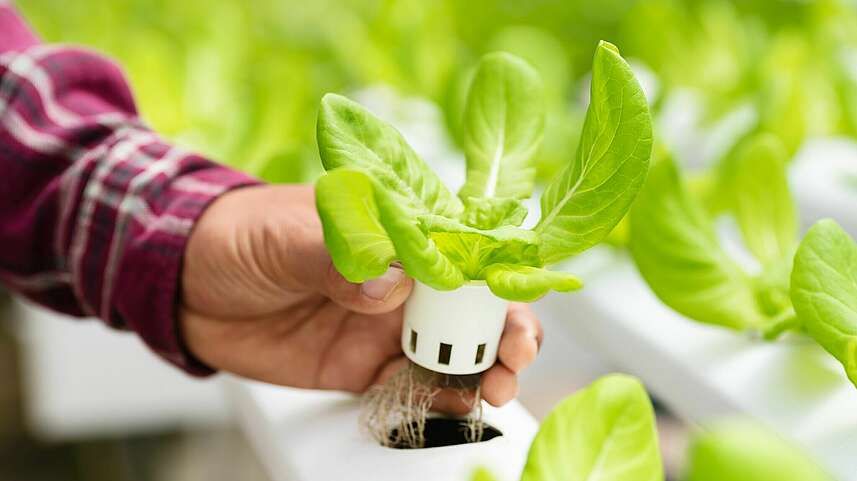 Before you get all excited and start planning on which veggies you intend to plant in your vegetable filter I better tell you that a “vegetable filter” is a term used to describe a type of filtration where the water passes through a bog pond. The use of a vegetable filter as your only type of biofiltration can be deadly unless you know the whole story. It’s true that plants do a lot of good but that’s only part of it.
Before you get all excited and start planning on which veggies you intend to plant in your vegetable filter I better tell you that a “vegetable filter” is a term used to describe a type of filtration where the water passes through a bog pond. The use of a vegetable filter as your only type of biofiltration can be deadly unless you know the whole story. It’s true that plants do a lot of good but that’s only part of it.
-
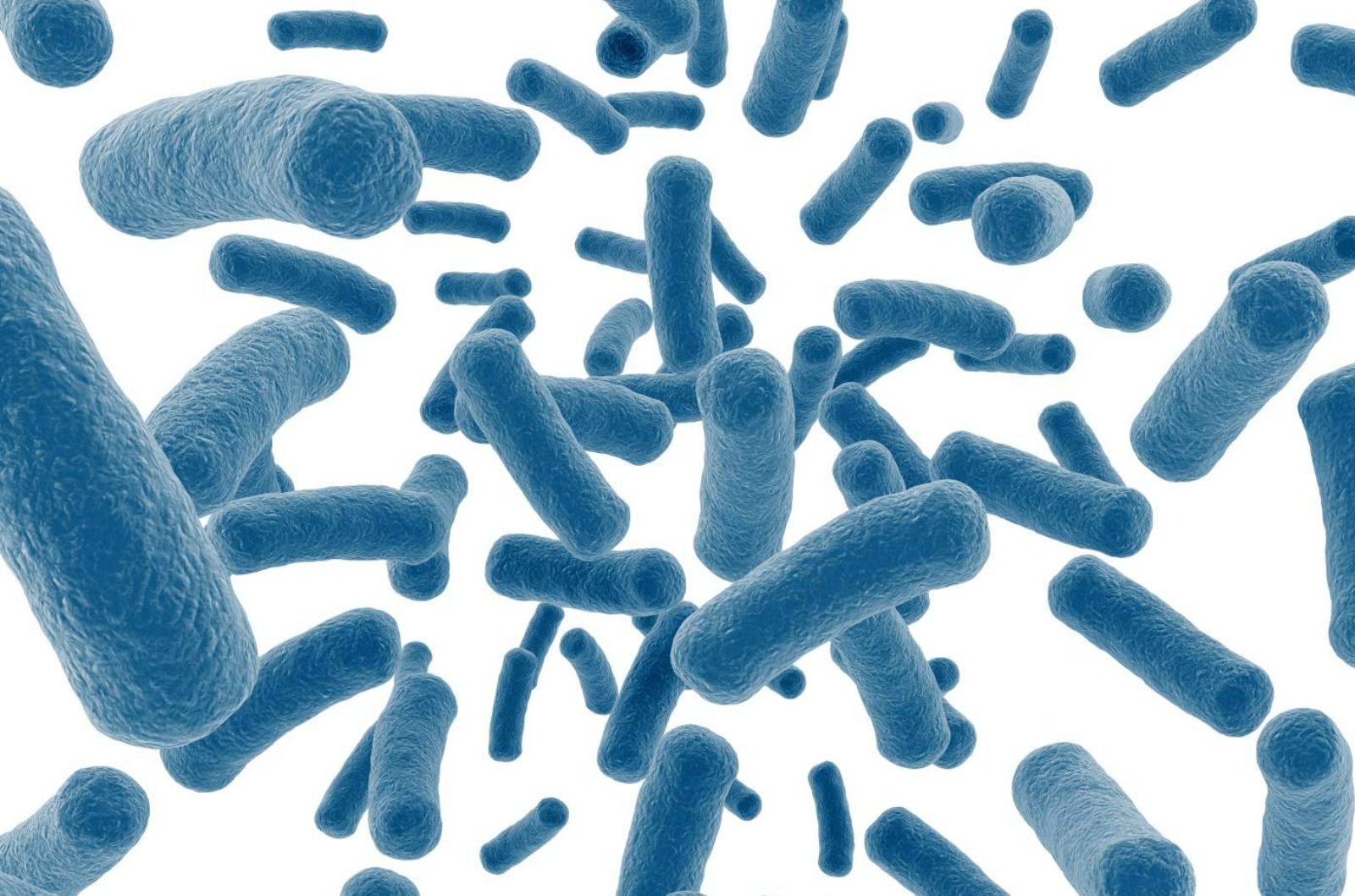 Many people confuse a prefilter with a biofilter. It’s easy to do. Those who manufacture prefilters often call them biofilters on the packaging. They shouldn’t be able to get away with it but they do. Prefilters are used in conjunction with submersible pumps to strain large debris so that it won’t get caught up in the pump. They’re often built onto certain pumps or come as optional attachments. We like to construct our own with pump baskets.
Many people confuse a prefilter with a biofilter. It’s easy to do. Those who manufacture prefilters often call them biofilters on the packaging. They shouldn’t be able to get away with it but they do. Prefilters are used in conjunction with submersible pumps to strain large debris so that it won’t get caught up in the pump. They’re often built onto certain pumps or come as optional attachments. We like to construct our own with pump baskets.
-
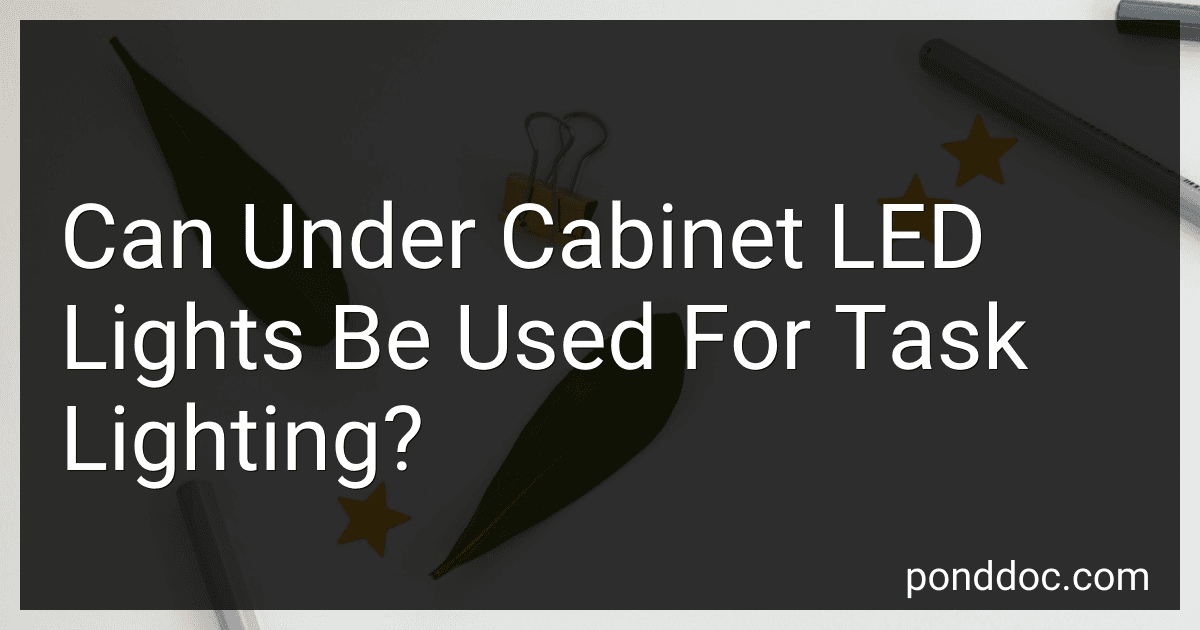 11 min readUnder cabinet LED lights can indeed be used for task lighting and are particularly effective in this role. They provide focused and bright illumination that is ideal for activities requiring concentration and precision, such as cooking, reading recipes, or preparing food in the kitchen. LED lights are energy-efficient, long-lasting, and produce minimal heat, making them a practical choice for lighting areas where close proximity to the light source is necessary.
11 min readUnder cabinet LED lights can indeed be used for task lighting and are particularly effective in this role. They provide focused and bright illumination that is ideal for activities requiring concentration and precision, such as cooking, reading recipes, or preparing food in the kitchen. LED lights are energy-efficient, long-lasting, and produce minimal heat, making them a practical choice for lighting areas where close proximity to the light source is necessary.
-
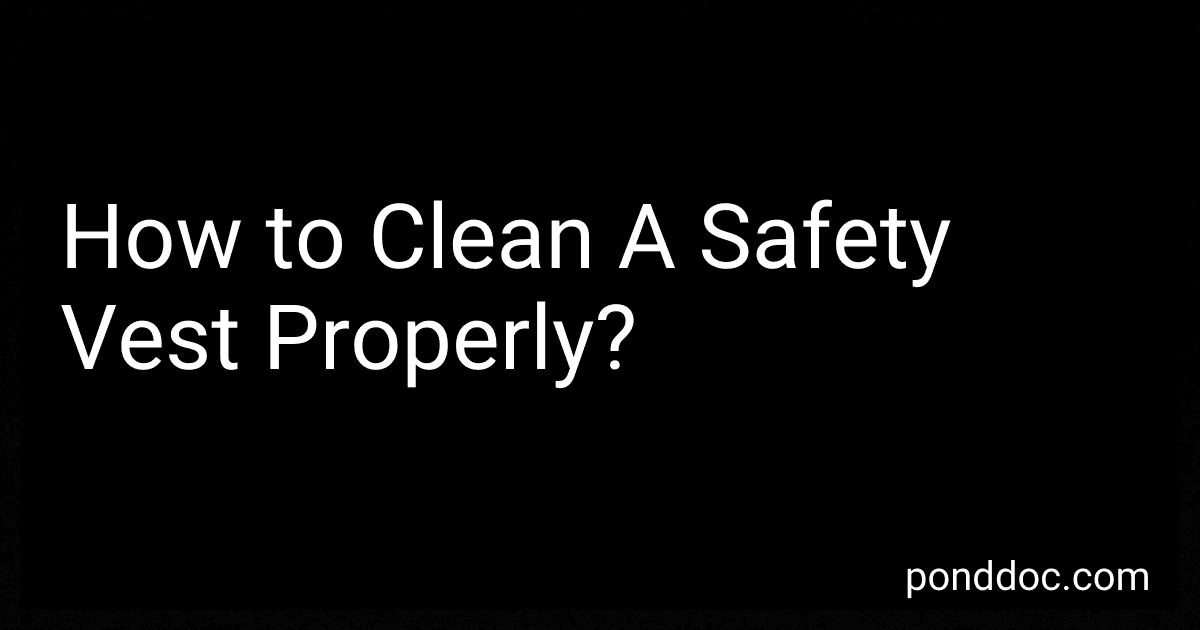 7 min readTo clean a safety vest properly, start by checking the manufacturer's label for specific washing instructions, as some materials may require particular care. Generally, you should wash the vest in cold water to prevent any reflective materials from degrading or fading. Use a mild detergent that doesn't contain bleach or strong chemicals, as these can damage the fabric and reflective strips. It's best to turn the vest inside out before washing to further protect any reflective areas.
7 min readTo clean a safety vest properly, start by checking the manufacturer's label for specific washing instructions, as some materials may require particular care. Generally, you should wash the vest in cold water to prevent any reflective materials from degrading or fading. Use a mild detergent that doesn't contain bleach or strong chemicals, as these can damage the fabric and reflective strips. It's best to turn the vest inside out before washing to further protect any reflective areas.
-
 7 min readFoldable storage bags can be suitable for long-term storage, but their effectiveness largely depends on the material quality, design, and the type of items being stored. Generally, these bags are designed to save space and be easily stored themselves when not in use, which makes them convenient. However, for long-term storage, especially if you're storing delicate items or those sensitive to environmental changes, it is crucial to consider their material and construction.
7 min readFoldable storage bags can be suitable for long-term storage, but their effectiveness largely depends on the material quality, design, and the type of items being stored. Generally, these bags are designed to save space and be easily stored themselves when not in use, which makes them convenient. However, for long-term storage, especially if you're storing delicate items or those sensitive to environmental changes, it is crucial to consider their material and construction.
-
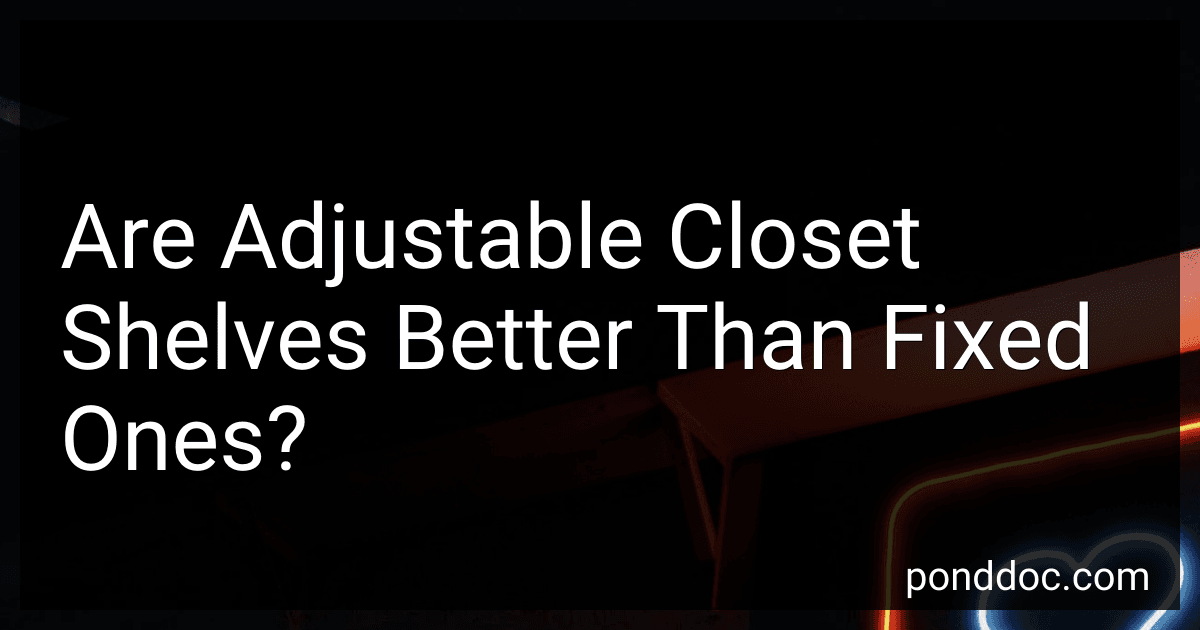 6 min readAdjustable closet shelves offer flexibility and customization, allowing you to reconfigure the storage space to accommodate items of various sizes and shapes. This versatility can be particularly useful if your storage needs change over time, such as with growing children or evolving fashion trends. Adjustable shelves maximize space efficiency, providing the ability to create optimal storage solutions that suit your personal preferences and organizational style.
6 min readAdjustable closet shelves offer flexibility and customization, allowing you to reconfigure the storage space to accommodate items of various sizes and shapes. This versatility can be particularly useful if your storage needs change over time, such as with growing children or evolving fashion trends. Adjustable shelves maximize space efficiency, providing the ability to create optimal storage solutions that suit your personal preferences and organizational style.
-
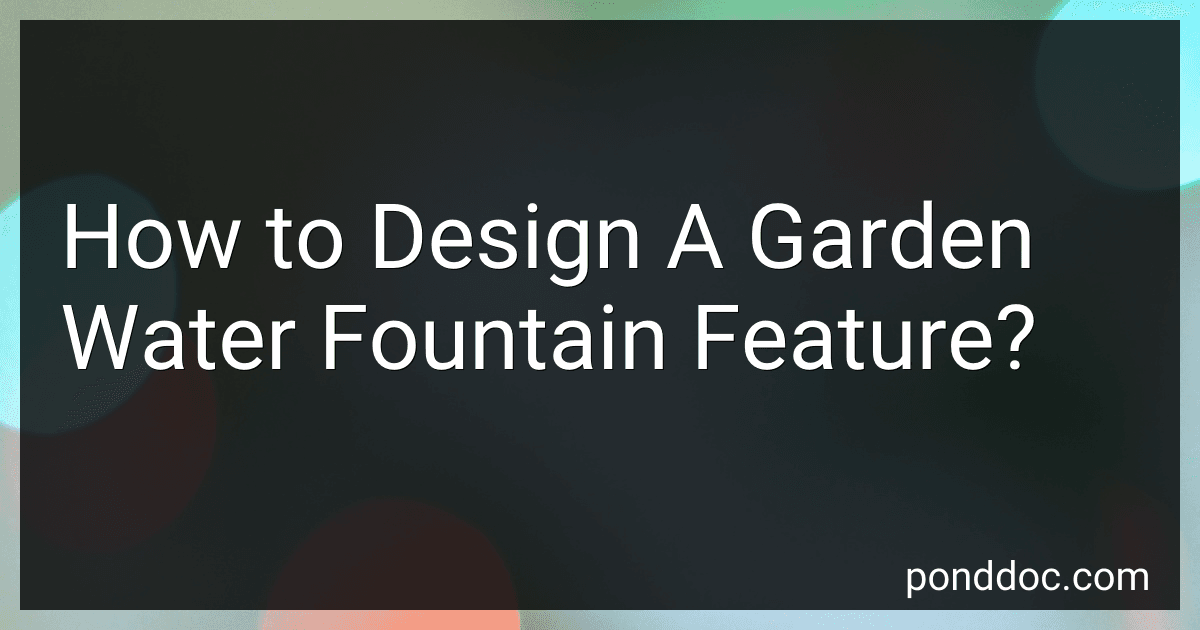 8 min readDesigning a garden water fountain feature requires careful consideration of several factors. The first step is to determine the location of the fountain within the garden. Consider factors such as sunlight, proximity to utilities, and visibility from different areas of the garden.Next, decide on the style and size of the fountain. Consider the overall aesthetic of the garden and choose a fountain design that complements it.
8 min readDesigning a garden water fountain feature requires careful consideration of several factors. The first step is to determine the location of the fountain within the garden. Consider factors such as sunlight, proximity to utilities, and visibility from different areas of the garden.Next, decide on the style and size of the fountain. Consider the overall aesthetic of the garden and choose a fountain design that complements it.
-
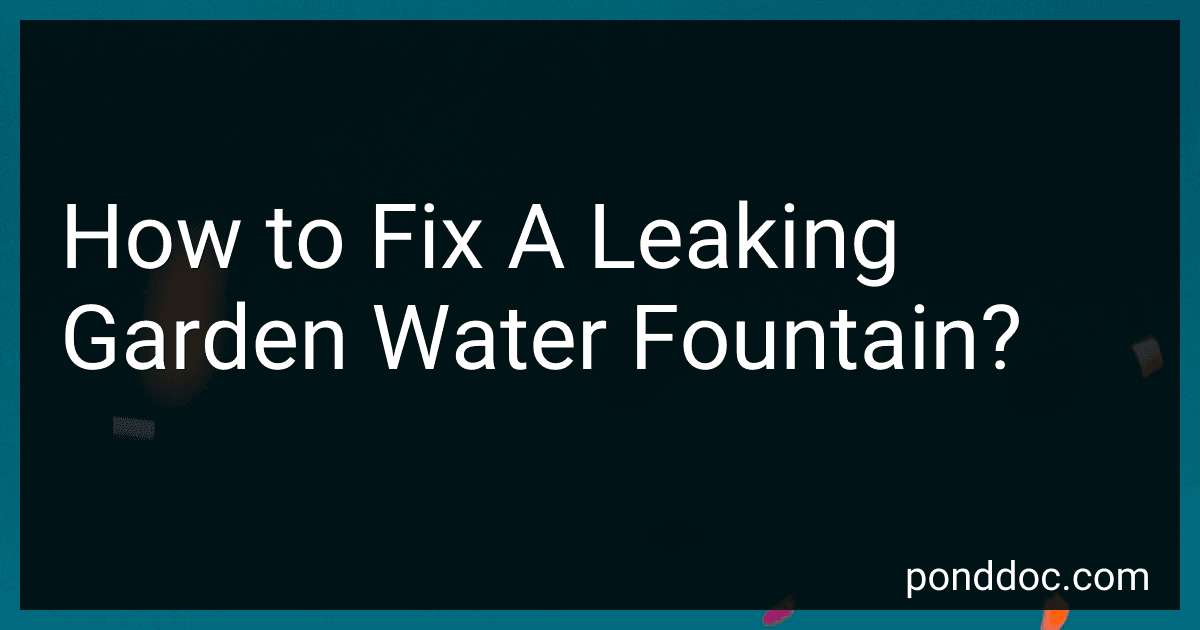 5 min readIf your garden water fountain is leaking, first turn off the water supply to the fountain. Next, carefully inspect the fountain for any cracks, holes, or damaged parts that could be causing the leak. If you find any, use waterproof sealant to patch up the areas.Check the fountain pump for any malfunctions or blockages that could be causing water to leak out. Clean the pump and ensure it is functioning properly.
5 min readIf your garden water fountain is leaking, first turn off the water supply to the fountain. Next, carefully inspect the fountain for any cracks, holes, or damaged parts that could be causing the leak. If you find any, use waterproof sealant to patch up the areas.Check the fountain pump for any malfunctions or blockages that could be causing water to leak out. Clean the pump and ensure it is functioning properly.
-
 6 min readSecuring a personal loan for custom home design services can be accomplished by following a few key steps. First, it's important to research different lenders and their loan options to find one that fits your financial needs and criteria. Once you have identified a potential lender, start the application process by providing all necessary documentation such as proof of income, credit history, and any additional information requested.
6 min readSecuring a personal loan for custom home design services can be accomplished by following a few key steps. First, it's important to research different lenders and their loan options to find one that fits your financial needs and criteria. Once you have identified a potential lender, start the application process by providing all necessary documentation such as proof of income, credit history, and any additional information requested.